SpaceCom, the Space Commerce Conference and Exposition, supported by NASA’s Johnson Space Center, since it’s beginning in 2015 has become one of the most important events in the United States, dedicated to commercial applications of space technologies. Concluding a very intense 2018, in which SRI participated in several important space events — the Space Renaissance Italia 2nd National Congress in May at INAF in Bologna, UNISPACE+50 in Vienna, IAC 69th in Bremen — we participated to Spacecom 2018, November 27th and 28th, in Houston, TX USA.
Many of the more than 60 sessions and plenary events raised my interest, and in some cases I was forced to choose, due to coincident time schedule. At least: Future for Commercial Space Habitats, Future commercial opportunities onboard the Deep Space Gateway, Space Traffic Management and Debris Control, Emerging Suborbital and Near Earth (LEO) Orbital Services, Transforming Space Commerce, The $1 Trillion Space Economy: How Will We Get There, Key Benchmarks for a LEO Economy, ULA’s Transformation for Affordable and Accessible Space Launch, Access to Lunar Water Resources The Linchpin of the Cislunar Economy, Heavy Lift for Commercial Markets. Of course there were many sessions on satellites too, likely the main topic of the conference: let’s not forget that the conference theme is the commercial space activity, more focused on the economic side. No doubt that the satellites segment still covers 70% of the space economy, and this component will certainly grow further, thanks to the ongoing miniaturization of the satellites and the growth of many related (automated) services. However, the conference was rich and quite interesting for the ones that, like me, were trying to understand the real status of the civilization expansion into space, that can only be based on manned activities, and more and more will require technologies to transport and accommodate civilian passengers in space.
Another general impression: as I already wrote about IAC in Bremen, the New Space companies didn’t show much interest for this conference. None of the major ones was present in the Exhibition Center, though a couple of them gave quite interesting speeches in some sessions, namely Virgin Galactic and Blue Origin. Space X was absent, and so Bigelow, Sierra Nevada and others.
However, I must say, I found quite consoling to see one more time the high consideration given to this kind of conferences by some major corporates of the traditional aerospace segment, ULA, Boeing, Lockheed Martin, and the space agencies as well. Also, some speeches given by ULA’s representatives were — IMHO — the most interesting of the whole conference. In addition, ULA shows to be well determined to pursue their identified technological evolution path, focusing on strategic partners. ULA thus selected a Blue Origin advanced booster for the new Vulcan engine. The next generation rockets sampler will be simplified from 41 to 18 standard types. The plan of the world biggest rockets corporate aims to the Cislunar economy, as it was already exposed in a plan a few years ago, and today was better defined and refined. Tory Bruno, President and CEO of ULA, gave a slightly updated version of a presentation given in March 2018. The meaningful concepts were already present in this presentation (2016): https://youtu.be/uxftPmpt7aA
The plan forecast the usage of the cislunar resources, mainly concentrated in the Near Earth Objects. 2 Trillion kg industrial production metals, 150 metric tons of precious metals (the whole amount available on Earth is 2 Billion kg), corresponding to 1000 years of industrial metal Earth’s production. In addition more than the world’s entire gold/silver/platinum reserves. The known NEO’s are 17,000: 13,700 C-type (Carbon, Water, Industrial metals), 3,000 S-type (Minerals, Industrial metals), 300 M-type (precious & industrial metals). According to Tory Bruno, the ULA’s CisLunar 1000 plans will require numerous companies and entrepreneurs to join in with the effort to make it work: “This is (not just) about ULA. We just want to be the trucking company” Mr. Bruno added. “This is an entire Econosphere that will take a whole bunch of companies to do this.” He said that he envisions about 200 companies coming together in a CisLunar marketplace in a “collation” ranging from space entrepreneurs to venture capitalists. Here are a few slides shown by Tory Bruno during his presentation at Spacecom 2018.
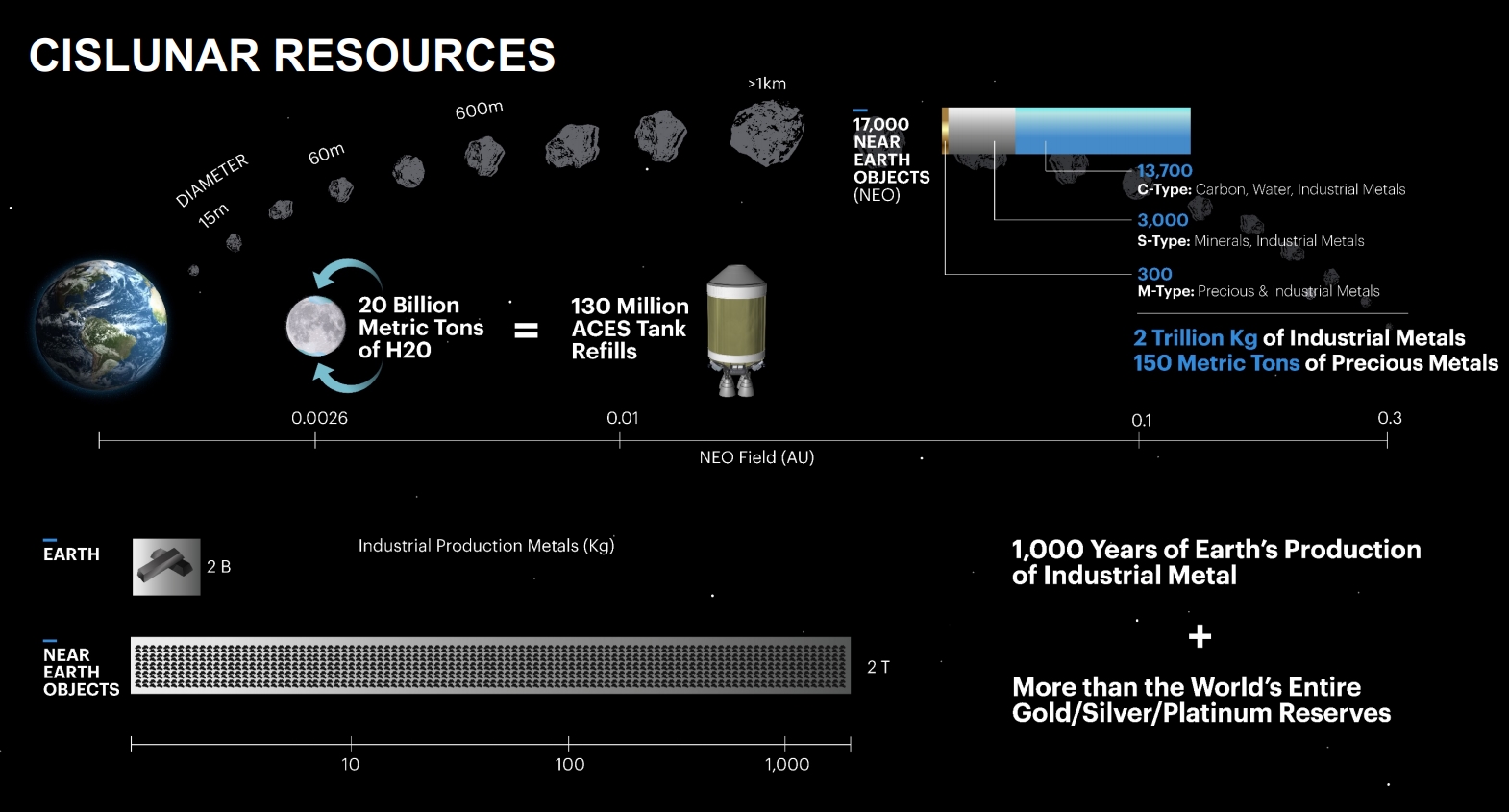
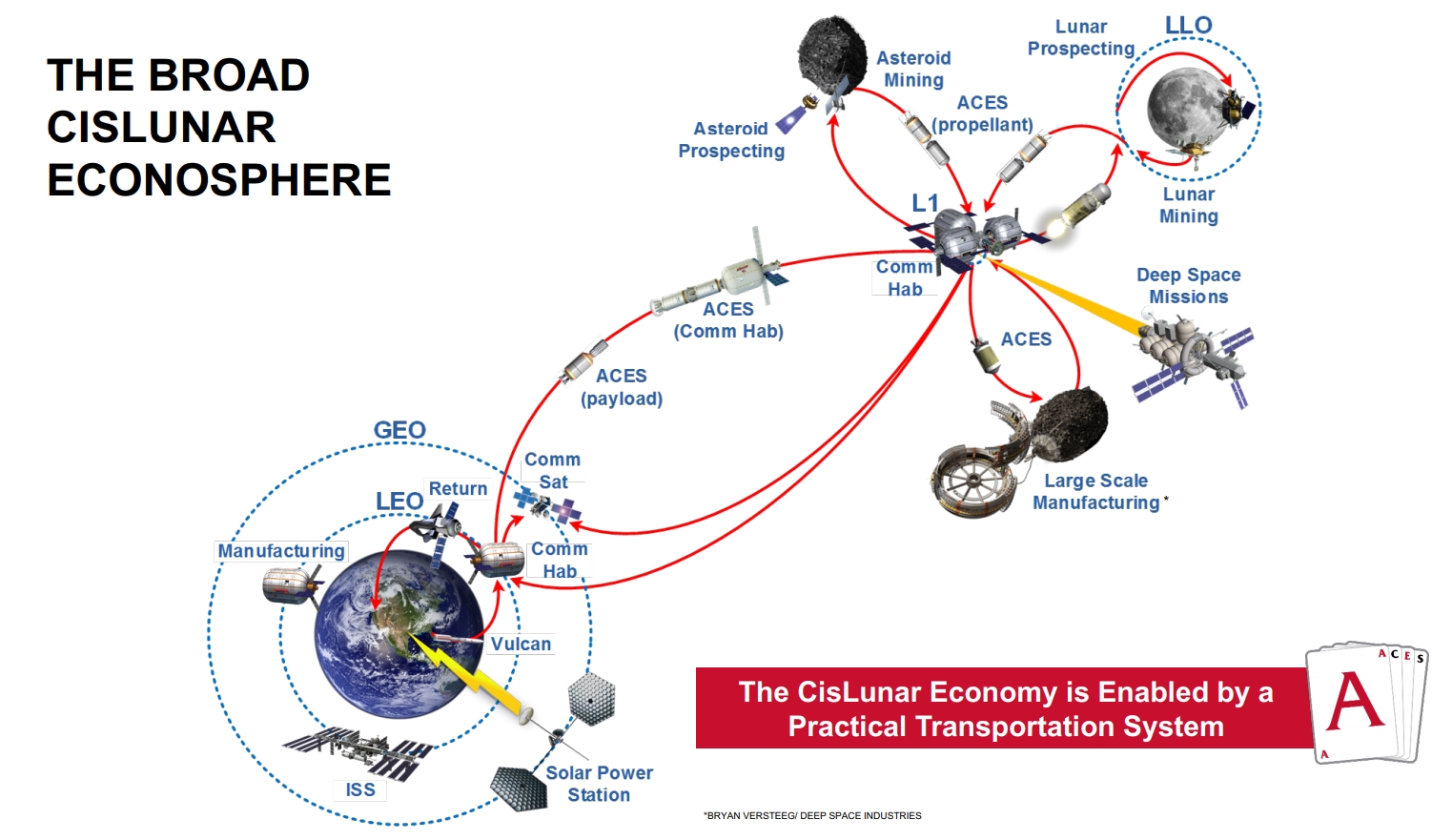
Another quite important speech, from the strategic point of view, was given by Kevin O’Connell, director of the Commerce Department’s Office of Space Commerce. “The revenues from the global space economy,” he reported, “reached $348 billion in 2017, and can reach $1 Trillion in few years” Different elements concur to this goal. Continuous innovation and disruption in the traditional space segments: weather, communications, navigation and remote sensing. Growth in these segments will boost commercial services to mature, such as additive manufacturing, space debris removal and space tourism. Developing a robust, agile finance and insurance sector will be key. Situational awareness and space traffic management will play a role too. Future space workers need to be educated now. The general public also needs to be educated, to fully understand the impact of space on their lives: O’Connell also addressed our job, as space activists, philosophers, journalists and educators. This could appear, at a first glimpse, as a generic unshaped discourse, or a pure economic one, but it is not so. Please not that Mr. O’Connell uses terms as “space workers”. And he talks about space debris removal and space tourism. The economic scenario of next twenty years is deeply interlaced with a huge anthropological evolutionary change. In both the speeches, given by Tory Bruno and Kevin O’Connel, some very basic questions emerge: while the terrestrial economy is pushing to break the barriers and open the frontier, and such a big variety of concurrent vectors (in many cases conflicting one to each other) are competing on unclear and generally not fully understood goals, will humanity succeed in developing the needed know-hows and anthropological assets? And will this process be in time, to ignite an impetuous renaissance, before the hard-social conditions in the closed world will shipwreck the renaissance?
Worth to be mentioned a presentation given by Joshua Ehrlich (Lockheed Martin Space) in the Future for Commercial Space Habitats session. He described the concept of the Deep Space Gateway, as designed by LM. Of course the key question about DSG — apart from being targeted to an Earth-Moon Lagrange point, that’s interesting enough in itself — is the following one: how much will it be innovative, vs. the ISS? Not so much, from the point of view of possible civilian users, though they are considered in the business plan: artificial gravity is not foreseen, the size is smaller than ISS, and no green environment was conceived onboard. The only good news: protection from cosmic radiation is included in the requirements, we don’t know with what technology, nor the physical requirements that were considered as input to the design.
The conference also registered some efforts in the definition of standards for space activities. The standards writers are so far trying do define standards on environmental control and life support systems, covering oxygen, water and recycle issues. Protection from cosmic radiations and artificial gravity are not included. Onboard green environment neither.
Quite interesting the discussion in the session on space traffic management and debris control, that showed a mature understanding of the matter and the related risks. Terrifying the figures: there are more than 100 trillion smaller pieces that cannot be tracked. The majority of debris are in Low Earth Orbit, under 1200 km. The volume of debris can only worsen in the coming years as bigger constellations in lower orbits will be launched. In fact, Marshall Kaplan (CTO Launchspace Technologies Corporation) estimates more than 10,000 new satellites over the next 10 years. “Debris is a growth industry,” he said, bitterly joking. “It’s highly likely that debris buildup will soon accelerate. We’re doing nothing to slow it down and we’re adding more to it,” he said. “A realistic debris control plan needs to be implemented soon.”
Here we must say a word to the ones who say “we will go to pollute and waste other planets, after having polluted and wasted planet Earth”. In fact, we are already polluting the outer space, in the same unreasonable way we are polluting our oceans, throwing millions tons of plastic, as in a giant dustbin. And it is definitely impossible to understand how the growing satellites industry could go ahead with head down, without any concern, and without providing their machines, at least, with a decommissioning device, for deorbiting them at the end of their lifecycle. As we need to recover the sea, it is quite urgent to recover orbit from debris, and being aware that only humans can make a good job: pure automated solutions will only increase entropy.
A discussion raised about the best methodology to approach the debris issue. It was observed that the difficulty of finding solutions is determined by the fact that “Nobody want trash”. I made a comment to such statement: “That is true until we approach this problem only from the moral point of view. But if we want things begin really to move, we have to understand where business come in. Space debris can be considered trash only until when we don’t have any way to reuse it. We need orbital manned laboratories, able to collect the debris and reprocess them, in order to get powders for 3d printing, that can be used to build space infrastructures.” How far are we from that stage in the geo-lunar economy development? We could be not that far, if the proper political decisions were taken, and proper government incentives were adopted, by the main space faring countries.
Yes, attending UNISPACE+50, IAC and Spacecom I was, from one side, happy and comforted seeing the enormous growth of the New Space sector and the growing public interest around the space enterprise, in general terms. On the other side, how can we be not anxious, seeing that the goal of a true civil expansion is still so marginal, in the strategies of the main characters? Yes, at Spacecom I saw a bit more interest for the enabling technologies, the enhancements of which will be key, to allow normal people to travel, work and live in space: space debris removal, low cost, safe and comfortable space vehicles, protection from hard cosmic radiations, artificial gravity, green artificial ecosystems, in space habitats. Nowadays the commercial space activities not related to satellites are more or less 30% of the space economy. Such an important portion of the space pie already allows many small and medium enterprises to live and work, having missions quite different from pure satellites.
Nanoracks envisions a future where commercial space stations and habitats populate the solar system. Repurposing the space hardware to build space habitats at very low cost, i.e. turning all space junks into gold is the corporate’s strategical goal. Nanoracks business focuses on suborbital services, satellites deployment, in space assembly and manufacturing, space tourism, DOD usage.
Orion Span, in California, is building space stations for tourism, using proven technologies.
If this segment will grow, and will become the dominant part of the $1 trillion space economy, this theme — civilian passengers transportation and accommodation in space — will accordingly gain momentum. It will not happen because we, the philosophers, say that this is the moral right thing to do. It will happen only if investors will see a profit. We trust that the Cislunar economy will assure huge Return of Investment. The problem is to start it, as soon as possible: in this the politics has a key role. Let’s hope that many will understand it.
Also download this article in pdf format.
Are you a space enthusiast? Are you willing to help Space Renaissance in our mission, developing our programs? Join us as a member or make a donation to SRI.
Visit the Space Renaissance websites:
https://spacerenaissance.space
https://academy.spacerenaissance.space
https://usa.spacerenaissance.space
https://spacerenaissance.it
https://sritac.spacerenaissance.space
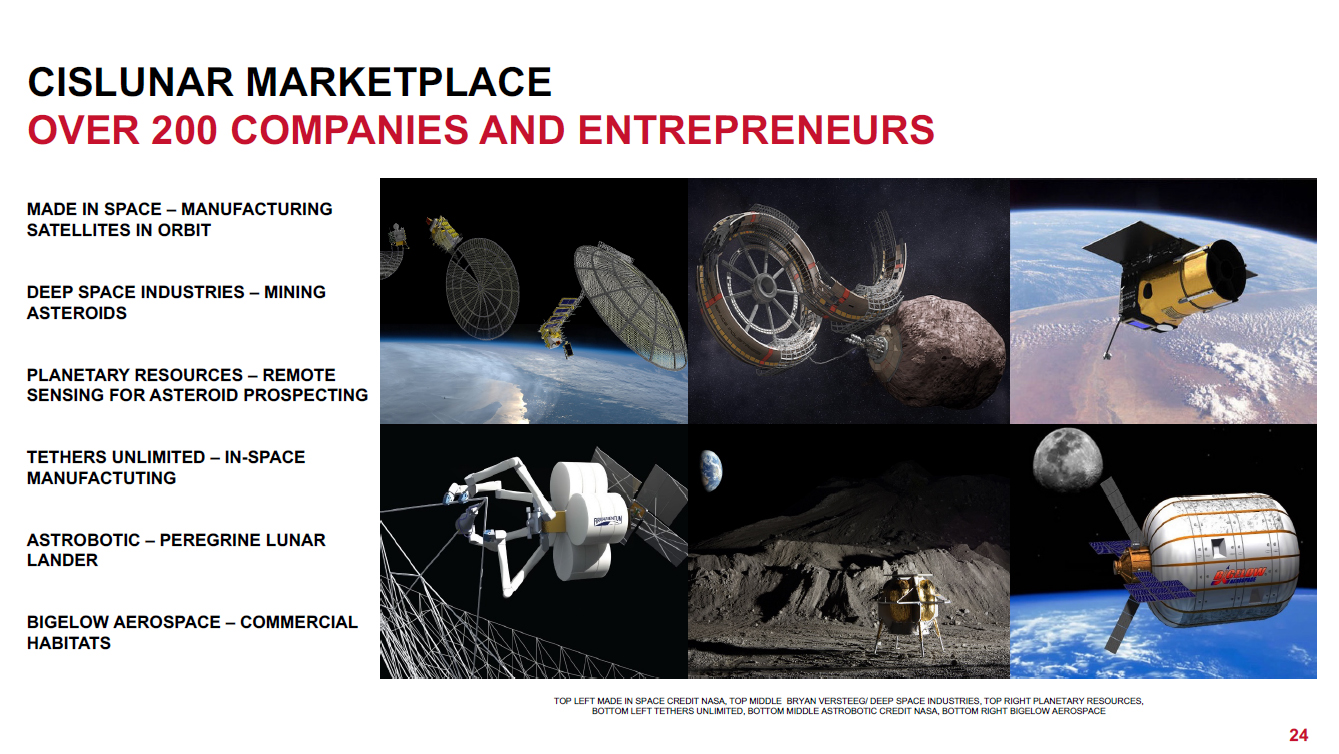




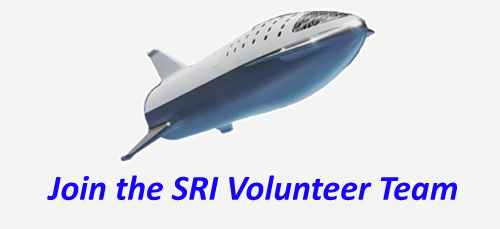

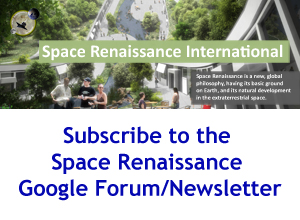
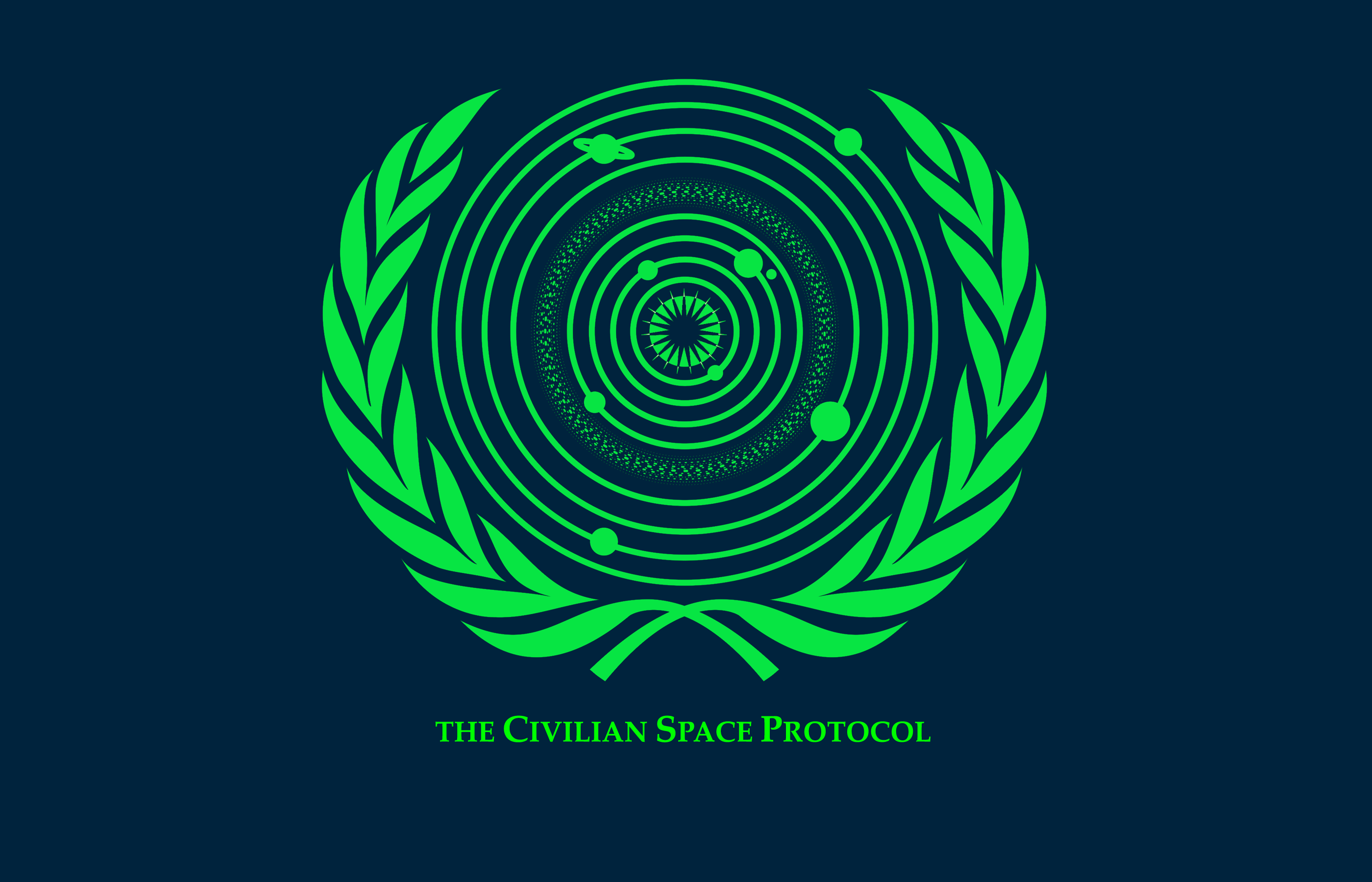
 Space Renaissance France (French Chapter of SRI)
Space Renaissance France (French Chapter of SRI)  Space Renaissance USA, Inc. (USA Chapter of SRI)
Space Renaissance USA, Inc. (USA Chapter of SRI) Space Renaissance (Italian Chapter of SRI)
Space Renaissance (Italian Chapter of SRI) Space Renaissance Academy
Space Renaissance Academy Space Renaissance Initiative Group
Space Renaissance Initiative Group